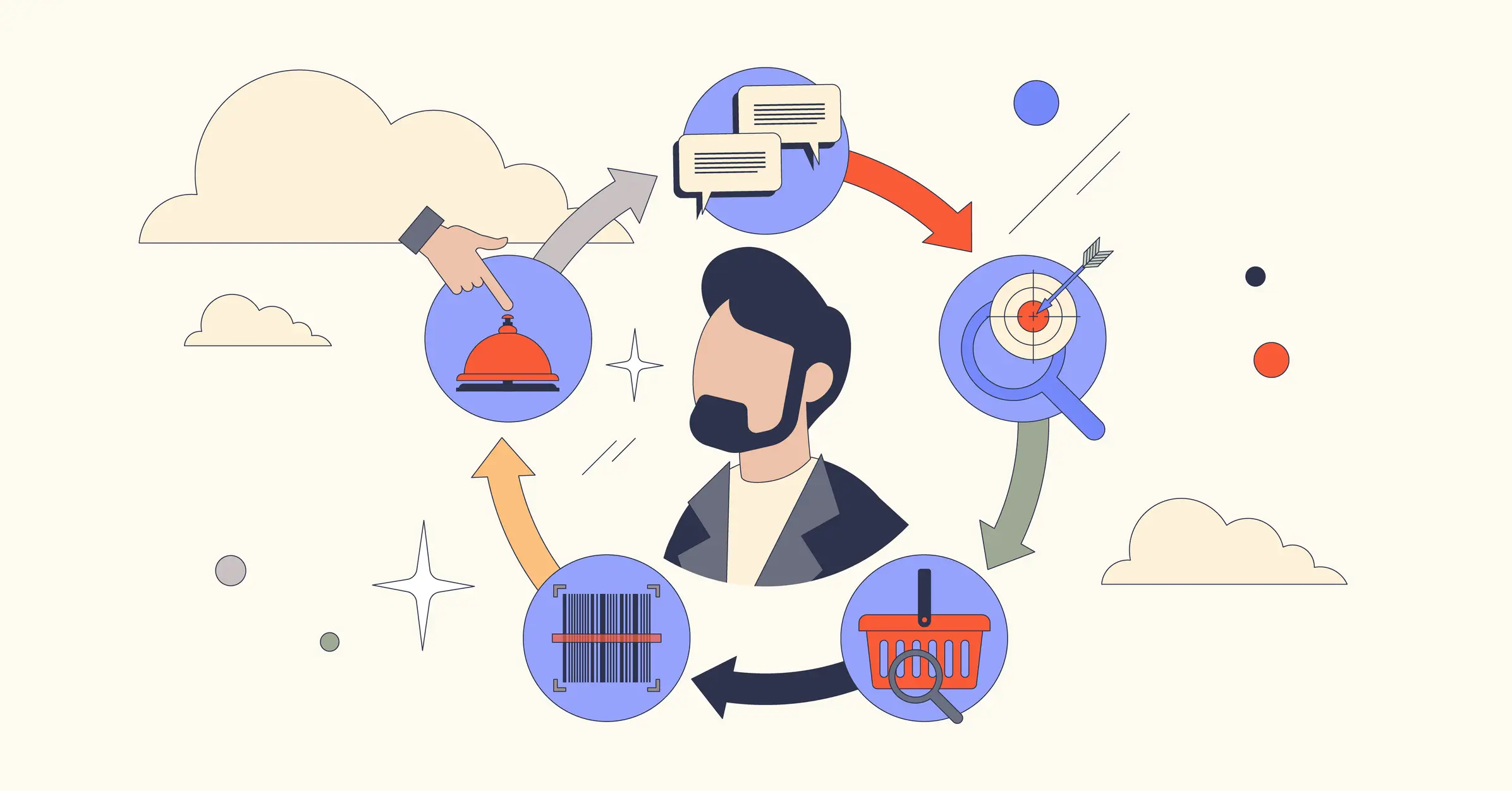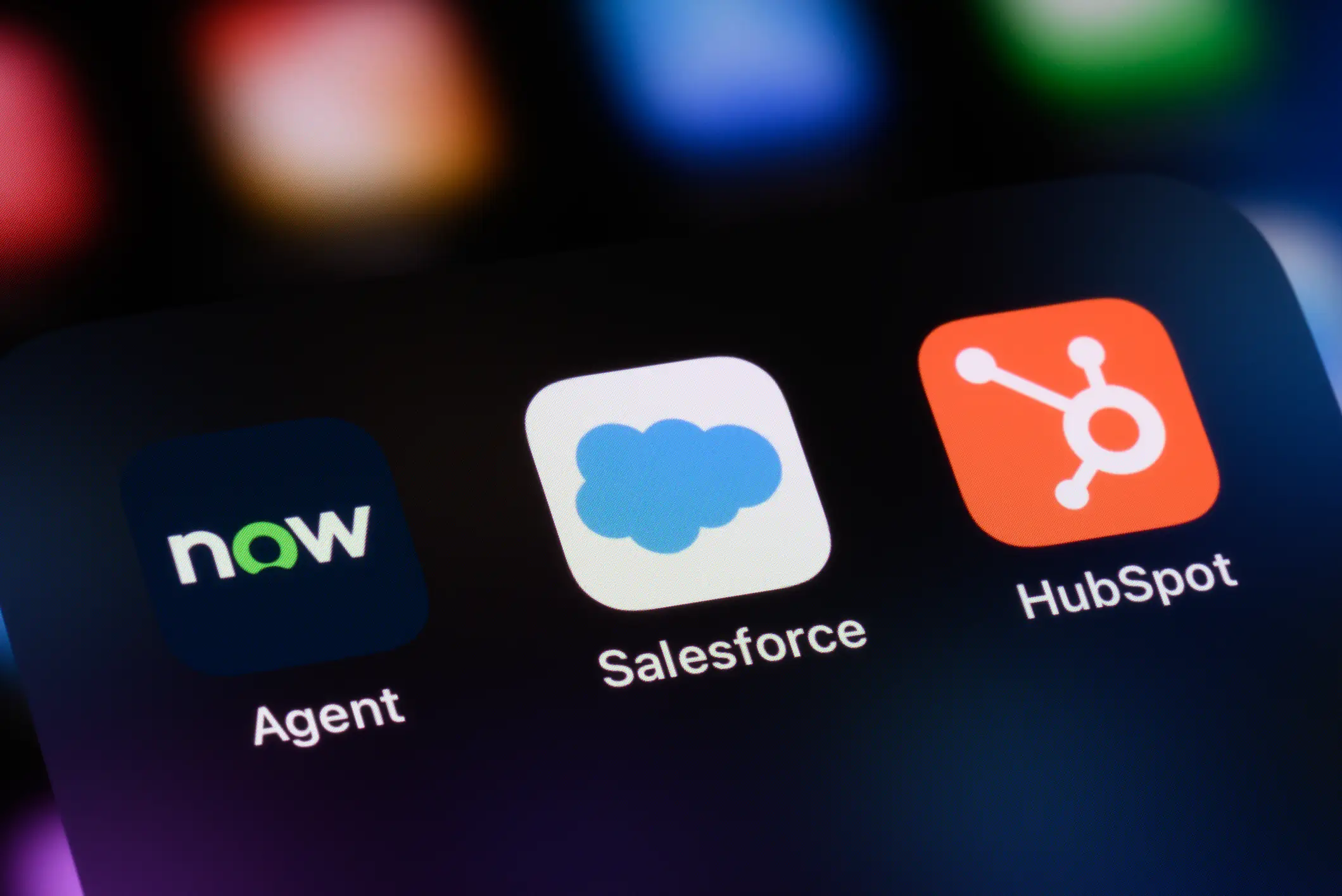Customer service teams are drowning in tickets, struggling with response times, and watching customer satisfaction scores plateau.
Sound familiar?
You’re not alone—and automation might be the lifeline your team needs.
Modern automation tools can handle complex inquiries, route tickets intelligently, and even predict customer needs before problems arise. The clunky chatbots that frustrated customers are history.
What Is Customer Service Automation and Why Does It Matter?
Customer service automation uses technology to handle routine support tasks without human intervention. Think smart chatbots, automated ticket routing, and self-service portals that actually work.
But here’s what makes it powerful: automation doesn’t replace your team—it amplifies them. Your agents spend less time on repetitive tasks and more time solving complex problems that require human creativity and empathy.
The Basics of Automated Customer Support
Automated customer support operates on a simple principle: technology handles what it does best, humans handle what they do best.
When a customer reaches out, automated systems instantly categorize the request, pull relevant account information, and either resolve the issue or route it to the right specialist.
Modern automation tools use natural language processing to understand customer intent. They recognize when someone is frustrated, identify urgent issues, and escalate appropriately.
The magic happens in the background—customers get faster responses while your team focuses on high-value interactions that build lasting relationships.
How AI Is Changing Customer Expectations
Customers now expect instant responses, 24/7 availability, and personalized service at scale. AI-powered customer feedback integration makes this possible without burning out your support team.
Customers are surprisingly comfortable with automated support—as long as it works well. They’d rather get an immediate, accurate answer from a bot than wait hours for a human response.
The key is transparency. Customers appreciate knowing when they’re interacting with automation, especially when they can easily escalate to a human when needed.
The ROI of Automation for Growing Businesses
Smart automation can reduce support costs while improving response times and customer satisfaction. The math is compelling: fewer routine tickets mean more time for complex problem-solving and relationship building.
But the real ROI comes from scalability. Automated systems handle volume spikes without additional staffing, making growth more predictable and profitable.
Every automated resolution frees up agent time for proactive customer outreach, upselling opportunities, and the kind of personalized service that drives loyalty.
Examples of Customer Service Automation Tools
The automation landscape is crowded with solutions that promise the world but deliver frustration.
Here are the top options across use cases.
AI-Powered Chatbots and Virtual Agents
Modern chatbots are nothing like their predecessors. These AI-powered agents handle complex conversations, understand context, and provide genuinely helpful responses.
Automated Ticketing and Routing Systems
Smart ticketing systems eliminate the chaos of manual ticket assignment. They ensure every customer inquiry reaches the right agent with the right context.
These systems automatically tag and categorize incoming tickets based on content, customer type, and urgency level. No more manual sorting or misrouted requests.
Advanced categorization tools identify sentiment, detect escalation triggers, and predict resolution complexity. This helps managers allocate resources more effectively.
Automated routing ensures VIP customers, urgent issues, and complex problems get immediate attention from the most qualified agents. The system considers agent skills, workload, and availability in real-time.
Smart routing can reduce resolution times by 40% simply by matching the right agent to the right problem from the start.
Self-Service Knowledge Base Solutions
Modern knowledge bases use AI to surface relevant information and continuously improve based on customer behavior and feedback.
These tools identify knowledge gaps by understanding common customer questions and automatically generate article suggestions. Some can draft initial content based on resolved ticket patterns.
The result is a knowledge base that grows and improves automatically, reducing ticket volume while improving customer satisfaction.
Workflow Automation Platforms
Workflow automation handles the repetitive tasks that consume agent time and create opportunities for human error.
These systems automatically send responses, updates, or follow-ups based on specific triggers. When a ticket is created, resolved, or updated, customers receive immediate communication.
Trigger-based systems also automate internal processes like assigning tickets, updating customer records, or creating follow-up tasks.
Smart follow-up tools adjust timing and messaging based on customer preferences and interaction history. Automated case-closed surveys can trigger immediately after resolution to capture feedback while the experience is fresh.
And then there’s QA automation that reviews customer interactions for quality, compliance, and coaching opportunities. It identifies trends, flags potential issues, and suggests agent training needs.
Predictive Customer Service Tools
Predictive tools use data to anticipate customer needs and prevent problems before they become support tickets.
These systems monitor customer behavior, product usage, and system performance to identify potential problems. They automatically reach out to customers or create internal alerts before issues escalate.
Voice and Communication Automation
Voice automation has evolved beyond simple phone trees to include sophisticated natural language processing and intelligent routing.
Modern IVR systems understand natural speech and handle complex inquiries without frustrating customers. They access customer data, process simple requests, and route calls intelligently.
Advanced IVR systems can detect customer emotion and adjust their responses accordingly.
These systems let customers describe their needs in their own words rather than navigating complex menu systems. The AI understands intent and routes calls to the most appropriate agent or department.
Natural language routing reduces call abandonment and improves first-call resolution rates.
Automated Appointment Scheduling
Scheduling automation lets customers book appointments, reschedule meetings, or request callbacks without agent involvement. The system checks availability, sends confirmations, and handles changes automatically.
This capability is particularly valuable for service-based businesses where scheduling coordination consumes significant agent time.
How Much Does Customer Service Automation Cost?
Automation pricing varies dramatically based on features, scale, and implementation complexity. Understanding the different pricing models helps you budget effectively and avoid surprises.
Most platforms offer tiered pricing that scales with usage, but the devil is in the details. Some charge per agent, others per interaction, and some combine multiple pricing factors.
Pricing Models That Make Sense
Per-Agent Pricing
This model charges a monthly fee for each support agent using the platform. It’s predictable and scales with team size, making it popular for growing businesses.
Typical per-agent pricing ranges from $50-200 per month, depending on features and automation capabilities included.
Per-Interaction Pricing
Some platforms charge based on automated interactions or conversations handled. This can be cost-effective for businesses with high automation rates but unpredictable for those with variable volumes.
Per-interaction pricing typically ranges from $0.10-2.00 per automated conversation, depending on complexity and features used.
Hybrid Models
Many platforms combine base subscription fees with usage-based charges. You might pay a monthly platform fee plus additional costs for AI interactions, integrations, or premium features.
Hybrid models offer flexibility but require careful monitoring to avoid unexpected costs during high-volume periods.
Hidden Costs to Watch Out For
Implementation and setup costs can add thousands to your first-year expenses. Some vendors charge for configuration, data migration, and initial training that isn’t included in quoted pricing.
Integration costs are often overlooked but can be significant. Connecting automation tools to existing systems may require custom development or premium integration packages.
Ongoing maintenance and optimization costs include system updates, content management, and performance tuning. Budget for these ongoing expenses to maintain automation effectiveness.
Calculating Your Automation ROI
Start by calculating your current cost per ticket, including agent salaries, benefits, and overhead. Then estimate how many tickets automation could handle and at what cost.
Factor in soft benefits like improved response times, higher customer satisfaction, and agent productivity gains. These often provide more value than direct cost savings.
Consider scalability benefits—automation costs typically grow more slowly than staffing costs, providing increasing ROI as your business grows.
Which Automation Features Should You Prioritize?
Not all automation features provide equal value. Prioritizing the right capabilities ensures you get maximum impact from your initial investment.
Start with features that address your biggest pain points rather than chasing the latest technology. The most sophisticated automation won’t help if it doesn’t solve real problems.
Must-Have Features for Small Teams
Automated Ticket Routing
Small teams can’t afford misrouted tickets or delays in assignment. Automated routing ensures every inquiry reaches the right person immediately.
Smart routing considers agent skills, workload, and availability to optimize assignments without manual intervention.
Basic Chatbot Functionality
A simple chatbot that handles common questions and collects customer information can dramatically reduce ticket volume for small teams.
Focus on chatbots that can escalate seamlessly to human agents when needed—customers should never feel trapped by automation.
Self-Service Knowledge Base
A searchable knowledge base with automated content suggestions reduces repetitive questions while empowering customers to find answers independently.
Look for systems that track which articles are most helpful and suggest improvements based on customer behavior.
Enterprise-Level Automation Capabilities
Advanced Workflow Automation
Large organizations need sophisticated workflows that handle complex business rules, multi-step processes, and integration with multiple systems.
Enterprise workflows should support conditional logic, parallel processing, and exception handling for maximum flexibility.
Predictive Analytics
Enterprise-level predictive tools identify trends, forecast support volume, and recommend resource allocation based on historical data and current patterns.
These capabilities help large teams optimize staffing, identify training needs, and improve service delivery proactively.
Multi-Channel Integration
Enterprise customers interact across multiple channels—email, chat, social media, phone, and mobile apps. Automation should provide consistent experiences across all touchpoints.
Look for platforms that maintain conversation context as customers move between channels.
Integration Requirements for Salesforce Users
Salesforce users need automation that works natively within their existing ecosystem. Third-party tools that require constant data synchronization create more problems than they solve.
Native Salesforce CRM integration can trigger workflows, update records, and access customer data without API limitations or sync delays.
The best Salesforce automation solutions feel like natural extensions of the platform rather than separate tools that happen to integrate.
Why SurveyVista Makes Automation Easier for Salesforce Users
Customer service automation works best when it’s built on a foundation of customer understanding. You can’t automate effectively if you don’t know what your customers actually need and want.
SurveyVista bridges this gap by making customer feedback collection and integration seamless within your existing Salesforce environment. No separate platforms, no data synchronization headaches, no compliance concerns.
When your automation platform knows how customers feel about their experiences, it can adapt responses and workflows accordingly.
SurveyVista’s automation capabilities complement your customer service automation by ensuring you never lose touch with customer sentiment and satisfaction.
Real-time feedback collection within service consoles can be set up based on ticket resolution, interaction completion, or any other Salesforce event. Customers receive timely, relevant surveys without manual intervention.
The future belongs to businesses that can combine the efficiency of automation with the empathy and creativity that only humans provide. Start building that future by choosing automation tools that enhance rather than replace human capabilities.
Frequently Asked Questions
How much does customer service automation typically cost?
Pricing varies widely based on features and scale. Per-agent pricing ranges from $50-200 monthly, while per-interaction models cost $0.10-2.00 per automated conversation. Factor in implementation, integration, and ongoing maintenance costs when budgeting.
What’s the difference between chatbots and AI-powered virtual agents?
Modern AI-powered virtual agents use natural language processing to understand context and handle complex conversations, while basic chatbots follow scripted responses. AI agents can escalate appropriately and provide more human-like interactions.
Should I automate all customer service interactions?
No. Automate routine, straightforward inquiries while keeping human agents available for complex problems requiring empathy and creativity. Customers should always have easy access to human support when needed.
How do I measure the success of customer service automation?
Track response times, resolution rates, customer satisfaction scores, and cost per ticket. Establish baseline metrics before implementation and monitor both operational improvements and customer experience impact regularly.
What automation features should small teams prioritize first?
Start with automated ticket routing, basic chatbot functionality for common questions, and a self-service knowledge base. These provide immediate value while requiring minimal technical expertise to implement and maintain.
More Like This

Rajesh Unadkat 
Founder and CEO
Rajesh is the visionary leader at the helm of SurveyVista. With a profound vision for the transformative potential of survey solutions, he founded the company in 2020. Rajesh's unwavering commitment to harnessing the power of data-driven insights has led to SurveyVista's rapid evolution as an industry leader.
Connect with Rajesh on LinkedIn to stay updated on the latest insights into the world of survey solutions for customer and employee experience management.



